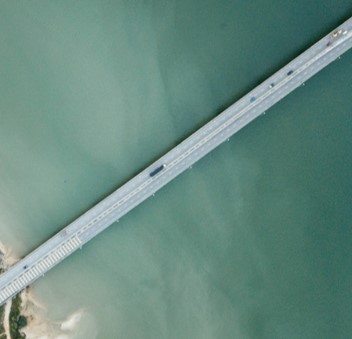2016
South East Queensland
Building Queensland
Background
The Queensland Government’s Building Queensland (BQ) engaged NineSquared to undertake an economic appraisal of the proposed Beerburrum to Nambour (B2N) rail project.
The B2N project was identified as a key project as part of the South-East Queensland Capacity Improvement (SEQCI) 10-year strategy. The corridor services passenger rail as well as NCL freight services. The City Network services extend as far as Gympie in the north and provide an alternative to the congested Bruce Highway during the peaks for travel between the Sunshine Coast and Brisbane.
Currently, the rail corridor between Beerburrum and Nambour is a single track, with a number of passing loops provided along the corridor. Delays to both passenger and freight services in the corridor are significant, and capacity for passenger services in the peak periods is limited to that currently provided, 3 trains per hour in the peak direction. With both the passenger and freight markets expected to grow significantly in the short to medium term, congestion through the network has the potential to worsen.
As such, the purpose of the B2N project for both passenger and freight services was to:
- increase the available capacity in the corridor both in the peak and off-peak periods
- improve journey times along the corridor for all users
- improve reliability of all services.
Our role
NineSquared undertook an economic appraisal of the B2N project. The economic appraisal considered two key appraisal techniques:
- Cost-benefit analysis (CBA)
- Economic impact assessment
The cost-benefit analysis involved creating a discount cash flow of the benefits (such as time savings, operating cost savings, crash cost savings, reductions in externalities and the impact on freight movements), and costs (such as capital costs, operating costs, maintenance costs and rollingstock costs).
The economic impact assessment was also conducted using computable general equilibrium modelling. This measured efficiency impacts not captured in the cost-benefit allocations such as the impacts of improved time and resource reallocations enabled by a transport infrastructure project.
The outputs of the economic analysis provided decision makers with two sets of headline results to inform an investment decision. The CBA delivered results such as the net present value, benefit cost ratio and internal rate of return. These provide indications to whether the direct benefit to society outweighs the cost. The CBA also reports the first year rate of return which, when analysed over time, illustrates the ideal project timing.
The economic impact assessment also evaluated the effect the project has on the local and national economy. It quantified the efficiency impacts of improved time and resource reallocations enable by a transport infrastructure project. The output of this assessment was the impact on gross regional project, the change in employment levels and impacts on income for the project region and Queensland as a whole.
Since the completion of the analysis, the business case has been finalised and sent to Infrastructure Australia for consideration. Infrastructure Australia has listed the B2N as a national priority project. The Australian Government has proposed a funding contribution towards the B2N, subject to the Queensland Government providing funding.
FOR FURTHER INFORMATION
For more information, find one of our experts at ninesquared.com.au/people
Connect with our team
Contact
 Download now
Download now




 More projects
More projects